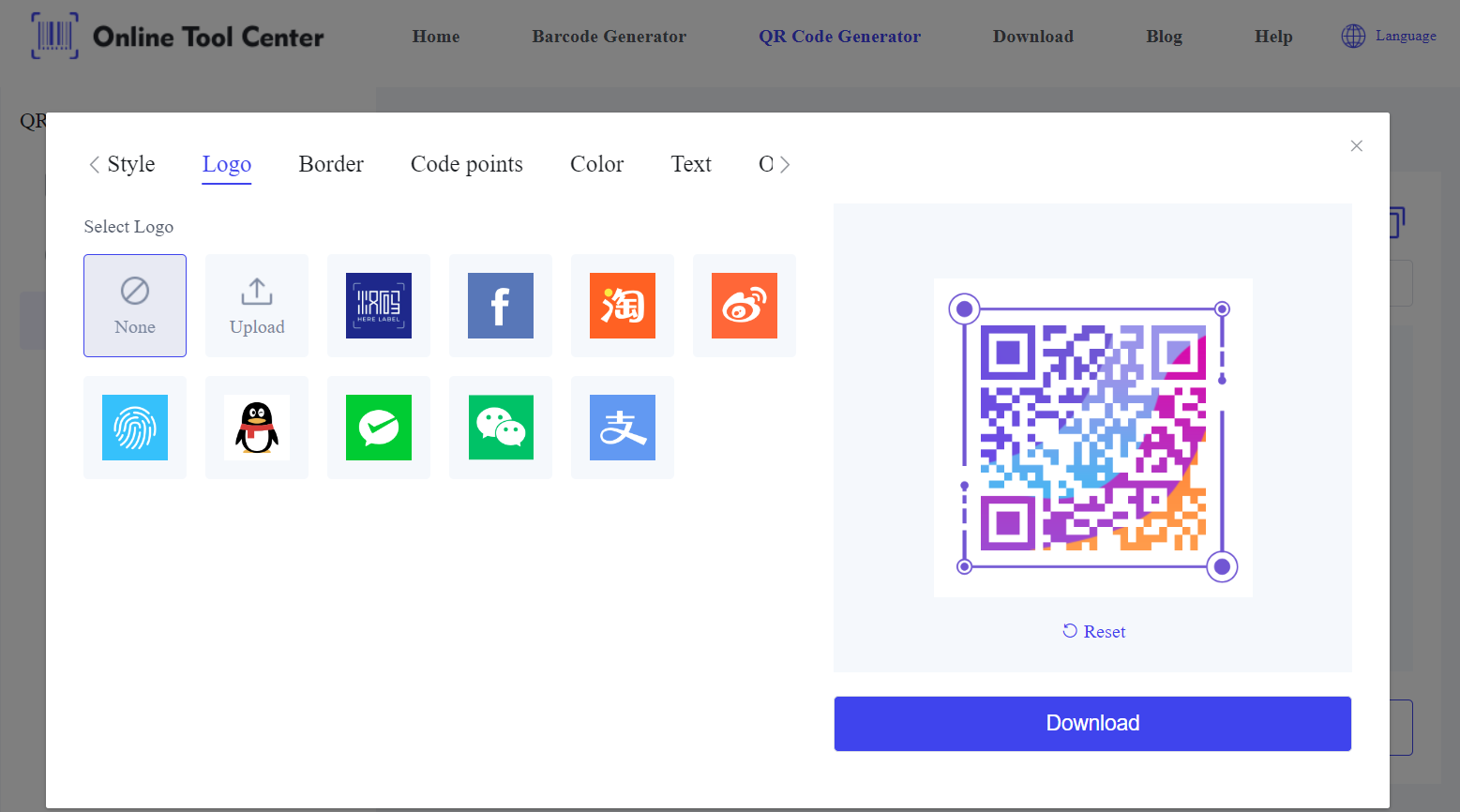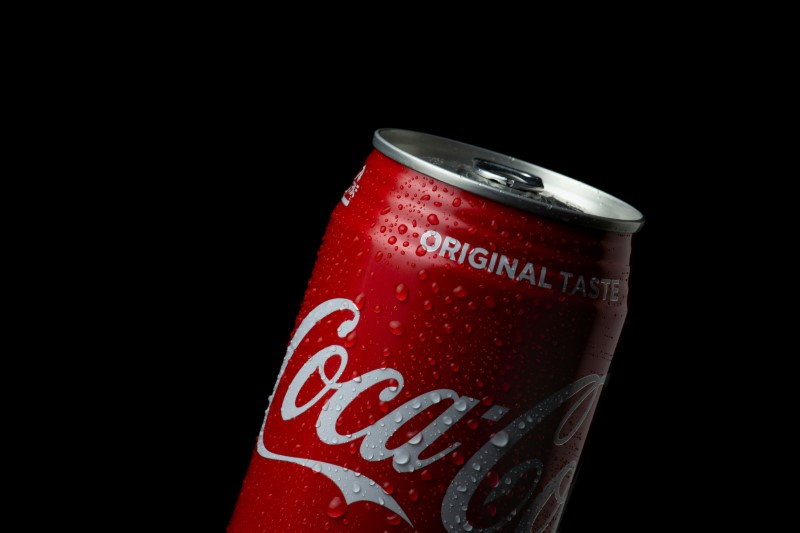QR code advertising has emerged as a powerful tool in the modern marketer's arsenal, seamlessly connecting offline and online experiences.
This innovative approach allows businesses to engage consumers in unique ways, providing instant access to digital content through a simple scan.
As we explore the world of QR codes in marketing, we'll learn their benefits, best practices, and examples that demonstrate their effectiveness.
Benefits of QR Code Advertising
1. Measurability: Marketers can track scans and engagement, providing valuable data on campaign performance.
2. Cost-effectiveness: QR codes are inexpensive to generate and implement, making them accessible for businesses of all sizes.
3. Versatility: They can be used across various media, from print to digital QR code on billboards, packaging, and even televised advertisements.
4. Enhanced user experience: Provides quick access to additional information or promotions, improving customer engagement.
Effective Strategies for QR Code Advertising
To maximize the impact of your QR code ad campaigns, consider the following strategies:
1. Clear Call-to-Action (CTA): Clearly state what users will gain by scanning the CTA QR code. For example, "Scan to get 20% off" or "Scan for exclusive content."
2. Optimal Placement: Ensure the QR code is easily visible and scannable. Consider factors like lighting, distance, and potential obstructions.
3. Mobile-Optimized Landing Pages: The destination should be mobile-friendly for a seamless user experience. Test across various devices and screen sizes.
4. Value Addition: Offer exclusive content or promotions to incentivize scans. This could include discounts, behind-the-scenes content, or early access to products.
5. Design Integration: Incorporate the QR code into your overall design aesthetically. Consider using custom QR codes that include your logo or brand colors.
6. Size and Error Correction: Ensure the QR code is large enough to be easily scanned and has an appropriate error correction level for its use case.

Examples of QR Code Advertising Success Stories
Let's examine some inspiring examples of QR code advertising that have yielded impressive results across various industries:
1. Coca-Cola's "Share a Coke" Campaign
Coca-Cola integrated QR codes into their popular "Share a Coke" campaign. By scanning the code on specially marked bottles, consumers could access a mobile site to create and share personalized virtual Coke bottles.
This initiative significantly boosted engagement and social media presence, with millions of virtual bottles created and shared online.

2. Walmart's Virtual Toy Store
During the holiday season, Walmart created virtual toy stores in subway stations. Commuters could scan QR codes next to product images to purchase toys directly from their phones, bringing the shopping experience to unexpected locations.
This innovative approach led to a 50% increase in online sales during the campaign period.
3. LOreal's Virtual Try-On
L'Oreal incorporated QR codes into their product packaging and print ads. When scanned, these codes launched an augmented reality experience allowing users to virtually try on makeup products.
4. Taco Bell's Snapchat Filter Campaign
Taco Bell turned their taco boxes into Snapchat filters using QR codes. Customers could scan the code on the box to unlock a unique, taco-themed Snapchat lens.
This campaign generated over 224 million views on its first day, demonstrating the power of combining QR codes with social media trends.
5. PayPal's Singapore Public Transport Campaign
PayPal launched a QR code advertising campaign in Singapore's busy subway stations. Commuters could scan QR codes to shop for Valentine's Day gifts while waiting for their trains.
The campaign saw a 70% increase in mobile transactions and significantly raised brand awareness in the region.
6. Heinz Ketchup's "Scan for Recipe" Initiative
Heinz added QR codes to their ketchup bottles, linking to a website with recipes using ketchup as an ingredient. This simple yet effective campaign increased customer engagement and product usage, with over 1 million scans in the first year and a 5% increase in sales.
Best Practices for QR Code Ad Implementation
To ensure the success of your QR code advertising campaigns:
● Test thoroughly: Ensure the QR code works across different devices, scanning apps, and lighting conditions.
● Provide alternatives: Include a short URL for those who can't or prefer not to scan.
● Track and analyze: Use analytics tools to measure performance metrics such as scan rates, conversion rates, and user engagement.
● Keep it simple: Don't overload the landing page with information; focus on the key message or offer.
● Ensure fast load times: Optimize the landing page for quick loading, especially on mobile devices.
● Update regularly: For dynamic QR codes, keep the linked content fresh and relevant.
In conclusion, QR code advertising has proven to be a versatile and effective tool for marketers seeking to bridge the gap between physical and digital experiences.
By providing instant access to digital content, QR codes enable businesses to engage consumers in innovative ways, measure campaign effectiveness, and deliver personalized experiences.
As we've seen through various examples of QR code advertising, from Coca-Cola's interactive campaigns to Walmart's virtual stores, the potential applications are vast and varied.
The key to success lies in implementing best practices, providing clear value to consumers, and continuously refining strategies based on performance data.
For businesses looking to incorporate QR codes into their marketing efforts, tools like the free QR code generator provide an accessible starting point. Whether you're launching a small local campaign or a large-scale national promotion, QR codes offer a powerful way to connect with your audience and drive engagement in the increasingly digital world of advertising.




